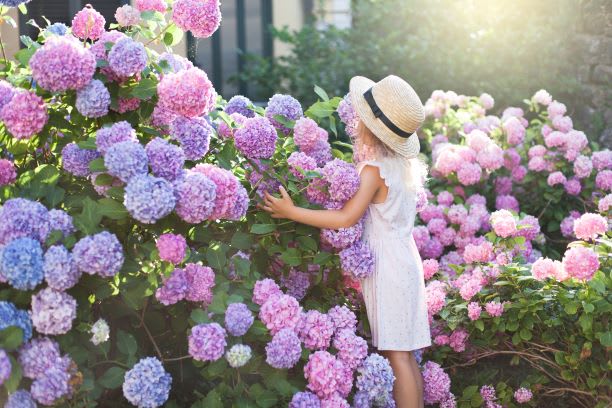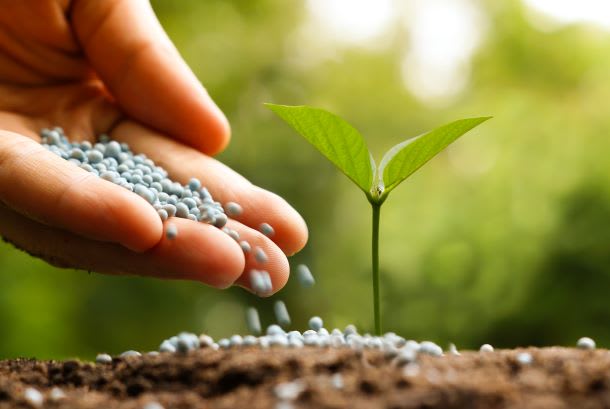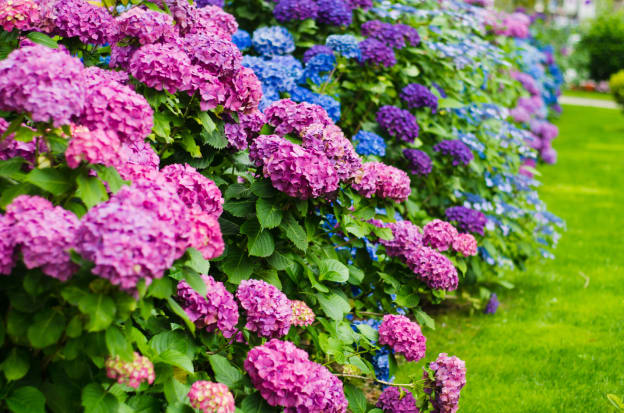With Mother’s Day recently passed, chances are pretty high you received flowers or a potted plant. As one of the most commonly gifted plants on Mother’s Day, hydrangeas in NH are everywhere. What’s not to love? With large, vibrant, multicolor blooms that return each year, hydrangeas are the perfect addition to any landscape. However, establishing the plant outdoors from the beginning is crucial to the survival of the plant.
Location, location, location
Most hydrangeas prefer full morning sun and shady afternoons when the sun is hottest. However, several varieties will tolerate partial shade all day. When planting in the spring or the fall, choose a location that is rich in moisture. Remember to leave anywhere from 3 to 10 feet in space for future growth.

Soil pH levels
With any plant, knowing and having the proper pH level in your soil is key to growing a healthy garden. However, pH is often overlooked, thus decreasing the plant’s ability to absorb nutrients. While improper pH levels won’t kill your plant, it can stunt growth and flower bloom throughout the seasons.
Testing your soil
With a simple pH test, you can have the power of knowledge in your hands. This type of kit can be purchased at your local garden shop or greenhouse, as well as through several online retailers. Once you know the pH of your soil, chances are you will need some adjustments. Acidic soil is remedied with finely ground limestone, and alkaline soil should be treated with gypsum (calcium sulfate) or compost.

NH Hydrangeas
We’re hoping you’re still hanging with us because this is where it gets fun. When it comes to the right pH level for hydrangeas in NH, the answer varies. Depending on the type of bloom from the plant, the pH requirements are different. For example, a blue-flowered hydrangea requires levels between 4.0 and 5.0, whereas a pink bloom prefers a higher range between 6.0 and 7.0. White hydrangeas are not affected by pH levels.
Changing colors
One of the most unique features of a planted hydrangea is the ability of the gardener to change the color of the bloom. Although not all species of hydrangea possess this feature, many do. While it’s not an overnight process, changing the color of your blooms is a delicate balance between the pH levels, age of the established plant, and the water used to hydrate the plant. For more detailed information, check out this article from our friends at The Old Farmer’s Almanac.

As the premier florist in Hampton Falls, NH, our team at Flowers by Marianne is here to help with all of your floral needs. From NH hydrangeas to wedding roses, we have the industry experience and expertise you’ve been looking for. Contact us today at (603) 601-6312.


